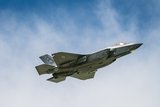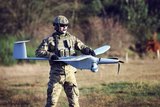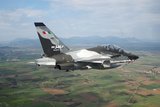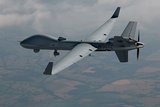UK company CRFS has integrated its RF technology with the Aeronautics family of Aerostar UAVs with the first system already deployed with an undisclosed European customer, and is now offering the capability to new and existing operators.
A CRFS official said Aeronautics approached the company to enhance a SIGINT/ELINT capability by integrating the company’s RFeye technology for RF signal detection, capture and geolocation missions across a wideband spectrum range (10MHz-18GHz).
The company states that the simple gain provided by the system is a substantial enhancement in signal collection radius, resulting in improved operational range and enabling new concepts of operation. The small form factor, low power consumption, and low bandwidth requirements of the RFeye receiver are designed specifically for the development of suitable payloads with no compromise on RF performance.
Aerostat successfully completes border surveillance trial
CRFS launches RFeye DeepView
Rafael enhances Drone Dome with CRFS's RFeye technology
RFeye has been integrated for a range of platforms and operational scenarios. In 2017 it was announced it had been integrated with an Airborne Industries' 850 Aerostat and in July 2023 that it had been integrated as sensor option into Rafael’s Drone Dome, a C-UAS system in service with the UK MoD and ordered for an undisclosed Asian customer.
In 2018 CRFS launched a new software tool called RFeye DeepView for forensic spectrum analysis, a software which allows the user to analyse the RF spectrum in detail to discover signals of interest that might be intermittent or hidden in the noise. It enables the analysis of large data sets in minutes.
Aerostar






















